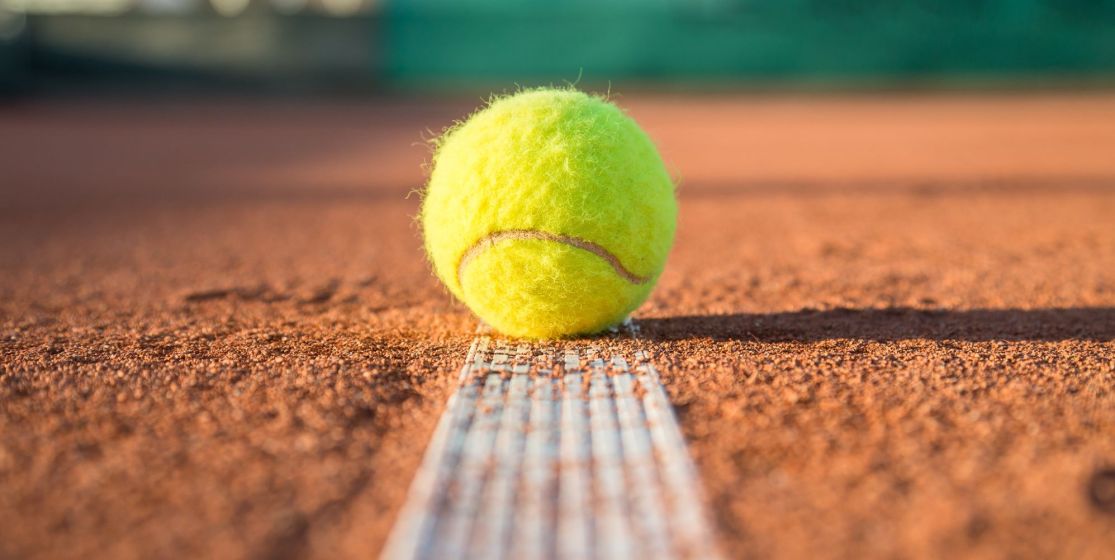From New Delhi to the Australian Embassy, there are grass courts all over the world, but almost no more tournaments. Fortunately, a few diehards try to resist, such as Newport in New England. An historic land of American tennis which plays host every year to the “extra time” of the grass-court season...
After the historic final of Roger Federer at Wimbledon this year, it’s back to the routine of the tour, disrupted this year by the London Olympics at the end of the month. Usually, for the elite of the tour, this is a good time to go on holiday, to wind down. Nadal typically goes back to Manacor, Djokovic goes for Serbia or to a festive holiday resort. Federer transits towards Dubai or some unknown destination. As for Murray, he migrates towards southern latitudes in summer. Others, in search of ATP points, opt for a return to clay in Stuttgart, Umag, Bastad or Gstaad... And finally, there are those who have not had enough grass and enjoy coming back for a fifth week. They head across the Atlantic, to Newport, Rhode Island, the smallest U.S. state, for the most unlikely event of the year…
It’s a competition at the end of the grass season, just after Wimbledon. Since 1976, when it belonged to the Grand Prix, it was one of the first attempts to regulate the tour at the beginning of the Open era. Tradition and all that. It’s also a tournament that tells the story of the foundations of American tennis. The English influence on this North-eastern land is palpable, from the surface to the little shacks that remind one of the Queen's, Nottingham or Eastbourne. It's also there, on the legendary grass of Newport, that the first US International tournament took place... in 1881, and stayed there for thirty-four years before moving in 1915 to Forest Hills, a suburb of New York. Besides, until 1974, grass was the surface of the U.S. Open. Before the green clay and then the DecoTurf took over...
The Curse of Newport’s Casino
Preserving Newport is to maintain a tradition that dates back over a century. The dates of this tournament seem almost displaced, a little like exams in July. But we can’t compromise with the cradle of the little yellow ball. Every year, in parallel to the tournament, we celebrate the latest additions to the Hall of Fame. Hence its official name: Campbell's Hall of Fame Tennis Championships, and its presence: a kind of extension of the season on grass, beyond time and space. With only 32 players competing, a Masters 250 tournament with an allocation of 398 250 dollars and a list of former champions that attests to its uniqueness. The Indian Vijay Amritraj, one of the world's best players on grass in the 70's, won there three times (1976, 80, 84), as did the Anglo-Canadian Greg Rusedski (1993, 2004, 05). For a long time, we talked about the curse of the casino, where stands the tennis stars’ wall of Fame for the winners of Newport. Fortunately, in recent years, Philippoussis (2006), Fish (2010) and Isner (2011) have given some lustre to a competition that likes to cultivate a quaint, very old-English charm.
Newport, then, remains an exception in every sense of the term, a little like the ubiquity of the white dress among players who walk the courts of the All England Lawn Tennis and Croquet Club in Wimbledon - an incongruity in the Web 2.0 world, but a true happiness for the purists. It can’t be wiped off the map (tradition, cradle), or moved (before Wimbledon: impossible)... Better yet: in its way, it opens the American stage of the tour that begins in Los Angeles and Memphis and ends at the U.S. Open, passing through the two North American Masters Series, Toronto (or Montreal) and Cincinnati. This year, it may even help as a preparation for the participants at the Olympics that will be held on grass... This week, in addition to Gustavo Kuerten, Jennifer Capriati, Randy Snow and Manuel Orantes, the Spanish star of the 70's, who will be inducted into the Tennis Hall of Fame, we will also have the chance to see Isner, Nishikori, Raonic, Hewitt, Istomin, Tomic and Rochus at work... the prospect of the Olympic tournament at the end of the month boosting the level of the participants. In all, we will see fourteen players who will be taking part at the Olympics, not even counting the doubles. Unheard of, and enough to breathe new life into an event and a place at the root of countless vocations for over a century. Another time, another method but still the same spirit...
By Rico Rizzitelli






